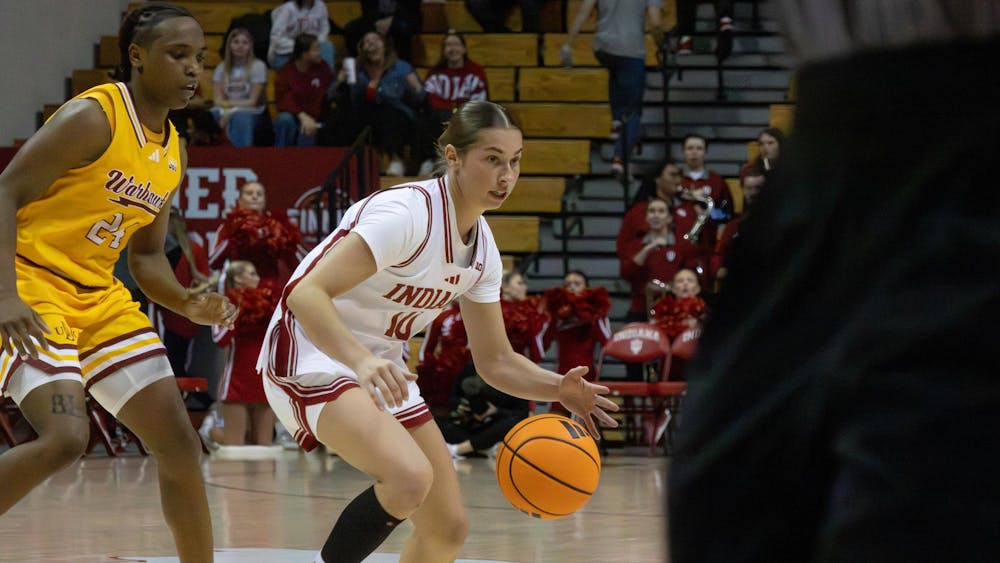One man's trash is another man's jacket.\nManufacturers have been making fleece out of recycled two-liter plastic bottles since Wellman Inc., a recycling company, introduced the concept in 1993.\nClothing retailer Patagonia was the first to sell jackets of post-consumer recycled (PCR) fleece with its Synchilla fleece line of garments. \nFleece is generally made from crude oil. Three thousand and seven hundred two-liter bottles can be recycled to make 150 Synchilla garments, saving 42 gallons of oil. Using recycled bottles also eliminates the need to process the oil, thus avoiding toxic air emissions.\n"Since '93, we've diverted roughly 40 million two-liter plastic soda bottles from landfills, saving enough oil to fill the 40-gallon gas tank of the diminutive Chevy Suburban 10,000 times," according to the Patagonia Web site.\nWellman Inc. manufactures Patagonia's fleece. They smash, melt and spin plastic bottles to make thick fiber that is heated and drawn out to make thinner fiber. The fiber is crimped, cut and sent to Dyersburg Fabrics to be made into garments for Patagonia.\nLu Setnicka, director of public affairs for Patagonia, said 25 bottles make one Snap-T pullover. She said a lot of people think they are buying recycled fleece but often are not. A plastic bottle icon indicates the recycled garments. She said she thinks it is reaffirming for customers to see Patagonia recycled fleece and know that their recycling has been fruitful. \n"I think it's really interesting to our customers," Setnicka said.\nGail and Wayne Hartlich of Rising Sun, Ind., run a small business selling hand-made recycled fleece clothing. The Hartlichs buy ECO fleece directly from Dyersburg Fabrics and cut and sew their products by hand in their garage. \nThey began their business, Point Beach Outdoors, three years ago in Wisconsin and have been in Indiana about four months. When they began, their dining room was their cutting room and their living room served as sewing and packing room. Gail said their house was covered with fleece lint. \nNow they have dedicated their "mammoth" garage to the business. They have an eight-foot cutting table and industrial sewing machines.\nThe Hartlichs use ECO fleece, which is also made of recycled two-liter bottles, for their products.\nIn addition to loving the outdoors and wanting to "keep everything nice," Gail said they enjoy the ECO fleece because "it's a much nicer fabric, it's a little heavier and doesn't pill as much."\nAs environmentally friendly and warm as recycled fleece is, it is surprising that sales have not skyrocketed since its introduction in 1993. \nSetnicka and Gail agree that to use recycled fleece is more expensive. Also consumers are not educated to look for and appreciate recycled fleece.\n"Last year, we took a look at the recycled market and uncovered that it is a niche market, where outside the small percentage of consumers who look for the recycled label, others couldn't care less," Jennifer Bellantonio wrote in Fabrics, Fibers & Closures 1999.\nAn employee of JL Waters in Bloomington said of the people who buy Synchilla garments, he didn't "know many people who buy them because they are recycled." Rather, he said, customers who buy them do so "for how they look or the warmth factors."\nOutdoor clothing retailer Marmot used to carry some garments of PCR fleece but have stopped because of cost and Horny Toad, another clothing seller, has gone from carrying only recycled fleece products to the point that only 50 percent of their products are recycled fleece.
Retailers use recycled bottles to make jackets, save the earth
Get stories like this in your inbox
Subscribe





